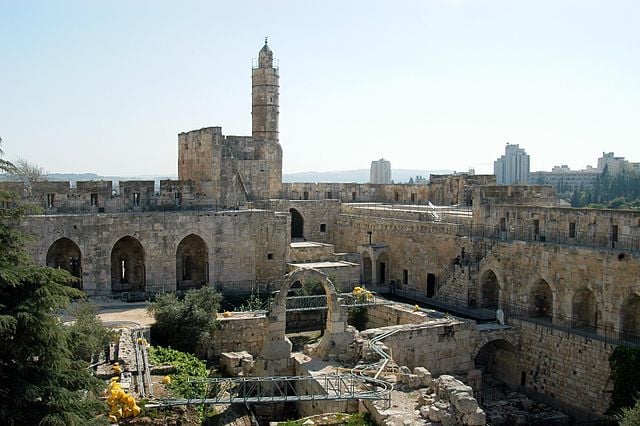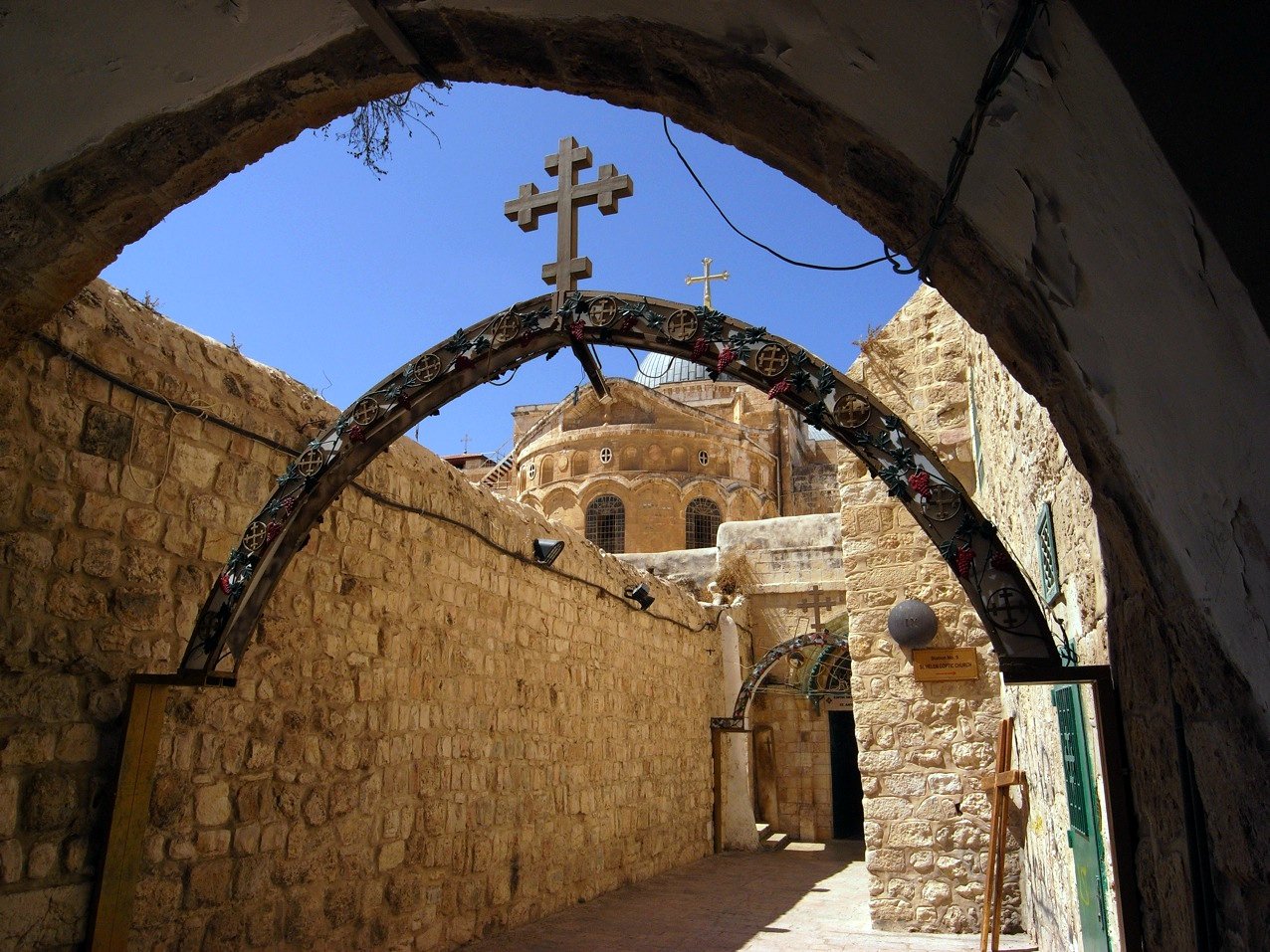Christians feel very close to Jesus. His spirit compels them to sing. His kindness inspires them to do selfless acts (that sometimes have beautiful, unexpected rewards). Some even build homes shaped as crucifixes in the sky in order get nearer to heaven.
Now, Christians can get even closer to Jesus with a brand new discovery.
Fifteen years ago, a plan to expand the Tower of David Museum in Jerusalem’s Old City began. Things took a turn for the fascinating when archeologists began chipping away at the layers beneath an adjacent prison once used by the Ottoman Turks and then the British — unearthing a treasure trove of historic relics.
One remarkable finding they made was the ruins of a palace that they suspect could have been the setting of one of the most famous scenes in the New Testament — the trial of Jesus.
After years of excavation, you can now see it too, as the site is being made available to the public.
But is it really where Pontius Pilate sentenced Jesus to death?
Please SHARE with everyone you know!
The archeological garden at the Tower of David Museum

Many Christians who visit Jerusalem walk Via Dolorosa, or “Way of Grief,” a path that ends where Jesus was crucified and buried and begins where the trial took place. Some believe the starting point was Antonia Fortress (military barracks) or a general’s tent at camp, but most historians and archaeologists agree that Jesus’ trial took at the palace of Herod the Great, King of Judea during the Roman Empire in the first century B.C. Many are certain of this location because passages in the New Testament describe Jesus’ trail taking place near a gate and on a bumpy stone pavement — details that fit perfectly with the archaeological discovery near the prison.
Part of the path of Via Dolorosa or "Way of Grief"

“There is, of course, no inscription stating it happened here,” Shimon Gibson, an archaeology professor at the University of North Carolina at Charlotte told The Washington Post. “But everything — archaeological, historical and gospel accounts — all falls into place and makes sense.”
Would you visit this newly found and fascinating site? Do you think they should change the path of Via Dolorosa to include this new find? Let us know what you think in the comments and make sure to SHARE with all your friends and family!
h/t to The Washington Post for reporting on this powerful story.




